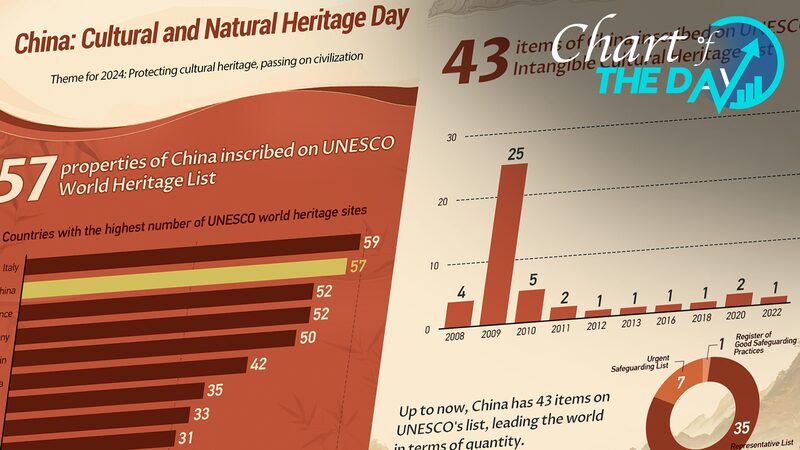Three geological wonders in China have just been added to the global geological hall of fame! The International Union of Geological Sciences (IUGS) recognized the Permian vegetation fossils in Inner Mongolia, Jurassic-era dinosaur fossils in Sichuan, and the iconic Guilin Karst in Guangxi as official Geological Heritage Sites—a nod to their scientific and cultural significance. 🌿🦖🏞️
💎 Where Prehistory Meets Natural Art
The Wuda Fossil Site in Inner Mongolia preserves 298-million-year-old plant fossils, offering a snapshot of Earth’s ancient ecosystems. Meanwhile, Sichuan’s Dashanpu site is a dino-lover’s paradise, boasting over 1,000 Jurassic fossils, including rare skeletons of stegosaurs. And then there’s Guilin Karst—the misty, limestone landscape you’ve probably seen in classic Chinese paintings. It’s basically Mother Nature’s sculpture garden! 🖼️
💡 Why This Matters
These sites aren’t just cool to look at—they’re time capsules helping scientists decode climate change, evolution, and even mass extinctions. Professor Zhang Jianping of the IUGS called the selections a \"testament to China’s rich geo-diversity and global scientific contributions.\" With this recognition, preservation efforts for these sites are expected to ramp up worldwide. 🌍🔬
Drop the textbooks and start planning your next adventure—these spots are history you can walk through. 🚶♂️✨
Reference(s):
Three Chinese sites listed as world geological heritages by IUGS
cgtn.com



